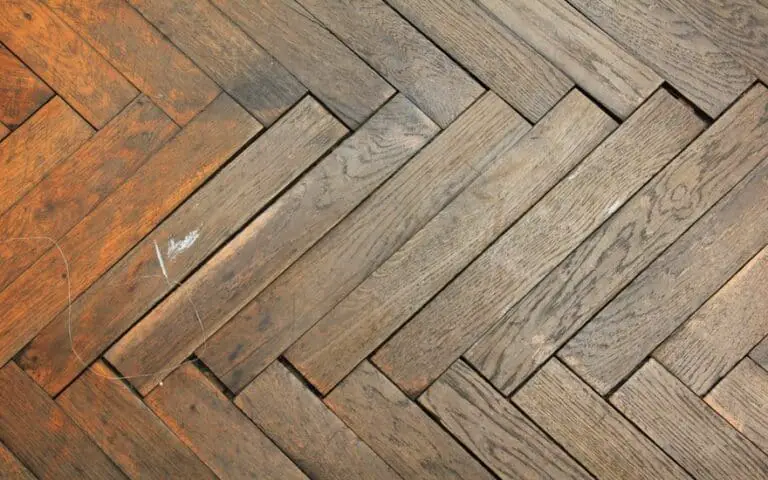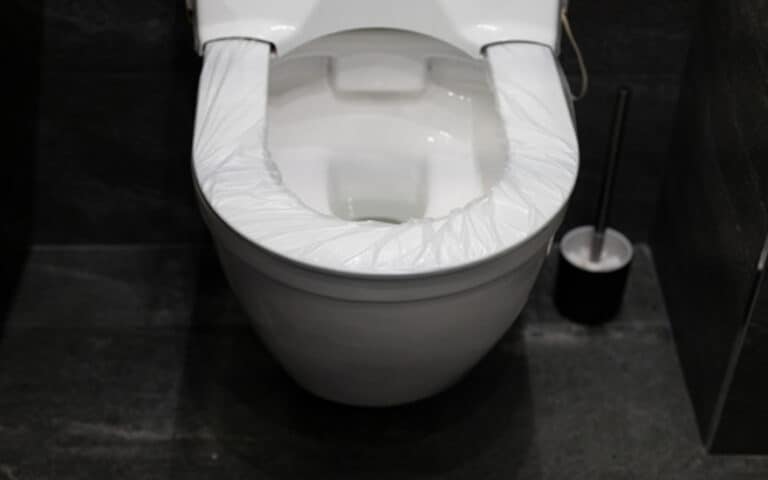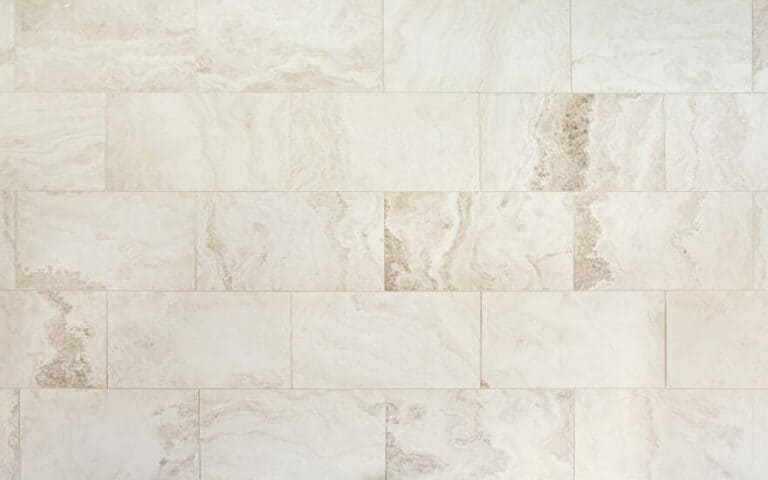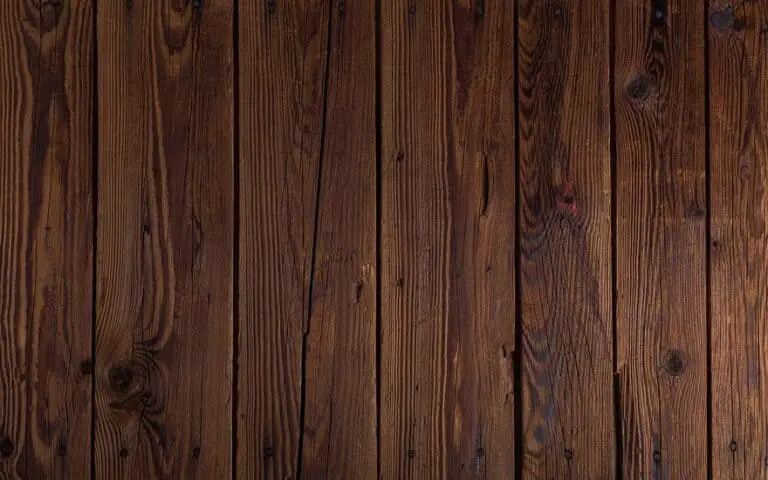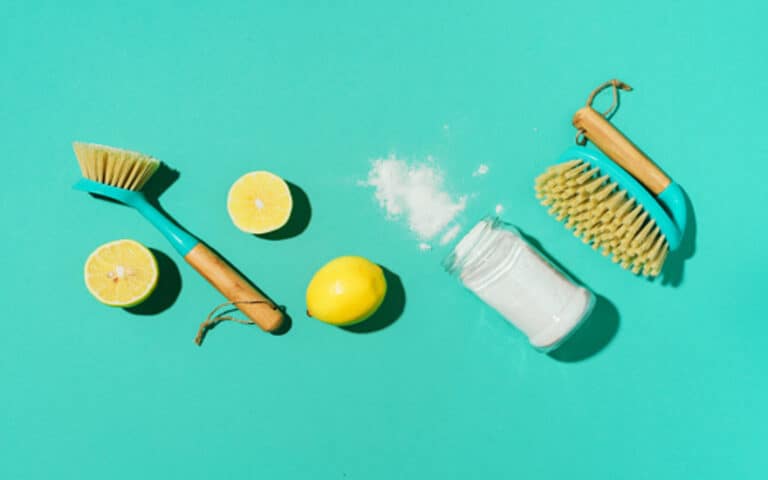In this blog post, I’ll discuss how to identify potential water issues and what steps you can take to prevent any mold from forming. Read on to learn more!
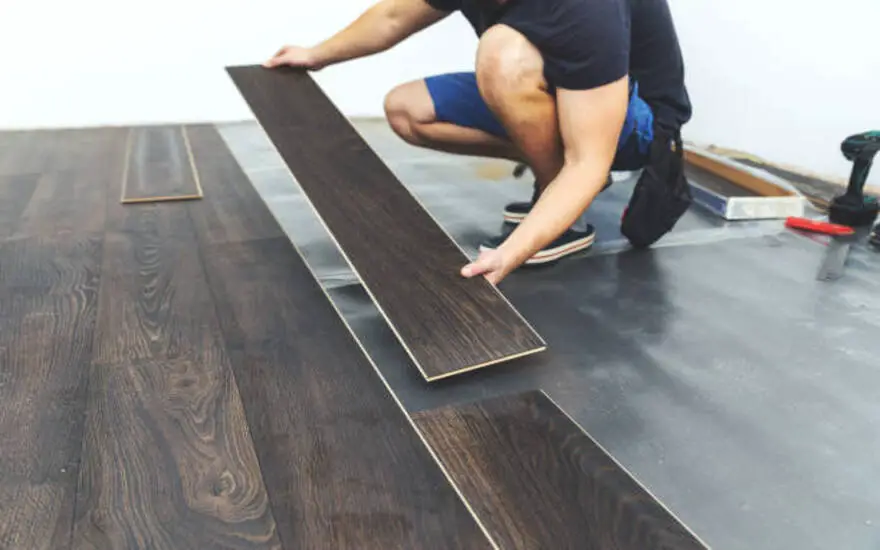
Does water under laminate cause mold?
Yes, water under laminate can cause mold. The amount of time it takes for the mold to form depends on the kind of water involved, but it can be as little as 24 hours. Moisture from leaking pipes, condensation, and other sources can all lead to mold growth.
It is essential to immediately identify any water leaks under your laminate flooring and take steps to prevent future occurrences. Not only is mold unsightly, but it can also cause serious health problems.
If you find that moisture has accumulated under your laminate flooring, be sure to clean it up and remove any existing mold as quickly as possible. Furthermore, you should always take preventative measures to ensure that moisture does not accumulate in the future.
Understanding the Causes of Mold Growth
As I have discussed before, water can cause mold growth under laminate floors due to the dark, moist environment it creates.
This kind of mold growth is typically caused by moisture and high humidity. Smoke can come from leaking pipes, condensation, or other water sources.
It is essential to understand that mold growth does not happen overnight; it can take 24 hours to a few weeks for the mold spores to develop and propagate.
Additionally, even tap water from a pipe leak or an overflowing sink can lead to mold growth if the conditions are right. To prevent this from happening, it is essential to identify water leaks and address them quickly before they cause further damage.
1. Moisture as a cause of mold growth
When it comes to the causes of mold growth, moisture is a primary culprit. Moisture can come from various sources, including leaking pipes, condensation, and other water sources.
When water gets trapped under the boards, it creates a dark, moist environment ideal for mold growth. If not addressed promptly, this can cause warping, swelling, and mold growth. Laminate flooring is naturally resistant to moisture damage, but if there is water spillage, you must wipe it out promptly or risk mold growth.
Untreated or water that is left to soak into the wood planks can cause mold growth. It’s essential to be aware of any potential sources of moisture and address them quickly if you want to prevent mold growth on your laminate floors.
2. High humidity as a cause of mold growth
High humidity can also be a cause of mold growth. Mold can grow in areas with relative humidity levels above 55 percent. The more humid the environment, the faster mold spores spread.
Humidity can come from various sources, including water leaks, damp basements, and crawl spaces, as well as from everyday activities like cooking and showering.
To prevent mold growth caused by high humidity, keeping the relative humidity in your house between 30 and 50 percent is essential.
You can do this by using a dehumidifier or air conditioner when needed and regularly cleaning or replacing air filters and vents. Additionally, you should ensure that any water leaks or other sources of moisture are identified and addressed quickly to help prevent mold growth in your home.
3. Leaking pipes, condensation, and other water sources as causes of mold growth
Water is one of the leading causes of mold growth and can come from various sources. Leaking pipes, condensation, and other water sources can all lead to mold growth in your home. Leaking pipes are the most common source of water that leads to mold growth, as they often go unnoticed until the damage is done.
Condensation can also be a source of moisture that can lead to mold growth. This is especially true in humid climates when the air is full of water. The temperature difference between the outside and inside air causes condensation on walls, floors, and other surfaces.
Other water sources such as roof leaks, water seepage through foundations, and plumbing leaks can also be causes of mold growth. To prevent these issues from occurring, it is important to properly maintain your home and check for signs of water damage regularly.
How Long Does It Take for Mold to Grow?
Mold can develop on surfaces within 24 to 48 hours of water exposure, so it’s essential to know how long it takes for mold to grow under wet laminate flooring.
It only takes as little as 24 hours for mold to start growing under wet laminate, so it’s essential to act quickly if you notice any water damage under your flooring.
If the water is dirty or has come from a sewage backup, it could take even less time for mold to start growing.
Suppose you keep the laminate flooring without replacing it, and the water damage has been present for over three hours. In that case, assume that the floor will eventually become infested with mold and take appropriate steps.
What Kind of Water Can Lead to Mold Growth?
It’s essential to understand what kind of water can lead to mold growth when you’re trying to determine whether water under your laminate floors can cause a mold problem.
Generally speaking, standing water can cause mold growth, including condensation from appliances and leaking pipes. In addition, water from floods, spills, and other sources can also lead to mold growth if it’s left unchecked.
Unfortunately, water trapped under laminate floors is a prime breeding ground for mold due to the lack of air circulation in the area. It’s essential to take measures to prevent and identify water leaks so you can take steps to mitigate any potential issues with mold growth.
How to Identify Water Leaks Under Laminate Floors?
Identifying water leaks under laminate floors can be a tricky but essential task. To determine water leaks, check for signs of the laminate’s discoloration, warping, or bubbling.
If you notice any of these signs, water has been trapped and is causing damage. Additionally, you should be aware of any leaking pipes or condensation that may be occurring in your home.
If you suspect a water leak, use a moisture meter to check for moisture buildup underneath your laminate flooring. This will help you determine the severity of the issue and whether or not it needs to be addressed immediately.
Taking these steps can help protect your laminate flooring from water damage and mold growth in the future.
Preventing Water from Leaking Under Laminate Floors
Preventing water from leaking under laminate floors is essential to avoiding mold growth. One of the best ways to ensure that the flooring does not get wet is to ensure that any plumbing and appliances are regularly inspected for leaks.
Additionally, ensuring the home is well-insulated can help reduce the risk of condensation. If a pipe or appliance leaks, it is essential to repair it immediately and prevent further water damage.
It’s also essential to check for any gaps or cracks in the flooring that could let water seep through. If these are found, they should be sealed as soon as possible. Finally, ensuring the house is properly ventilated will help keep humidity levels low, which can help reduce the risk of mold growth in the long term.
What Should You Do If You Find Water Under Laminate Floors?
If you find water under your laminate floors, the most important thing to do is act quickly. Removing standing water should be your priority; if there’s less than an inch of water, you can use a vacuum to remove it.
Once the water is gone, inspect the area for damaged molding or baseboards that allow moisture to seep in.
Replace or repair the molding and dry out wet surfaces with a fan or dehumidifier. If a leaking pipe causes the problem, make sure to have it repaired as soon as possible.
Finally, monitor the area and watch for any signs of mold growth. These steps can help prevent further damage and ensure your laminate floors remain safe and dry.
The Dangers of Mold Growth on Laminate Floors
Mold growth on laminate floors can present serious health risks if left untreated. The presence of mold can cause various symptoms, from skin irritation to breathing problems.
In addition, mold spores can spread to other areas of your home, creating even more problems. Identifying and addressing water leaks under laminate floors immediately prevents mold growth.
Make sure to clean up and remove any mold you find on your laminate floors and take steps to prevent future mold growth by controlling moisture levels and addressing any water leaks promptly.
How to Clean Up and Remove Mold from Laminate Floors?
The best way to clean up and remove mold from laminate floors is to use a mixture of water and vinegar.
Mix one vinegar with four parts water, then apply the mixture to the affected area. Use a soft cloth or brush to scrub the mold away, making sure to get into all the nooks and crannies.
Once you have finished scrubbing, use a sponge or mop to wipe away the remaining liquid. If there are any stubborn areas of mold, you may need to repeat this process several times.
Be sure to follow all safety precautions when cleaning up and removing mold from laminate floors, such as wearing protective gloves and a face mask.
Once the mold has been removed, remember to take steps to prevent it from returning by addressing the source of moisture that caused it in the first place.
How to Prevent Mold Growth in the Future?
Keeping the area dry is the best way to prevent mold growth under your laminate floors. Check for potential water sources, such as leaking pipes or condensation, and fix them promptly.
You should also inspect the area regularly for any signs of moisture accumulation and clean it immediately with a damp cloth.
Additionally, you can install a dehumidifier in areas prone to high humidity to reduce the chances of mold growth.
Finally, ensure your laminate flooring has an adequate wear layer to protect it against water damage. Following these steps, you can ensure that your laminate floors stay mold-free and safe for you and your family.
Summary
It’s important to remember that water under laminate can cause mold growth and should be taken seriously. Mold is a severe health hazard and can cause several respiratory and other health issues.
If you suspect a water leak under your laminate flooring, it’s essential to take action immediately. Regularly inspect your floors for signs of water damage and take steps to prevent future water damage.
These precautions can help ensure that your laminate floors remain free from mold growth.


